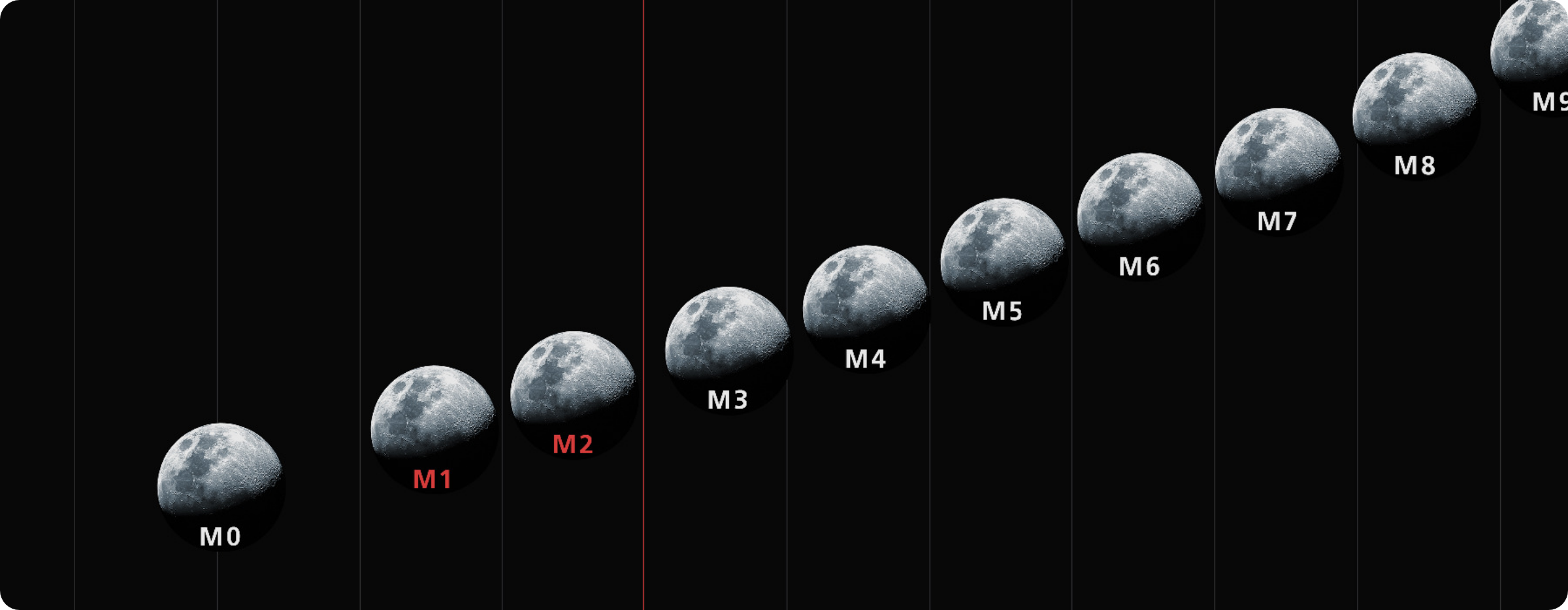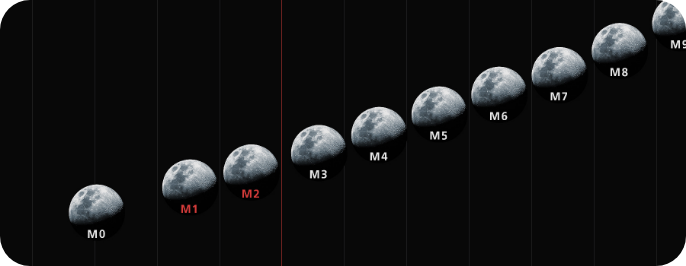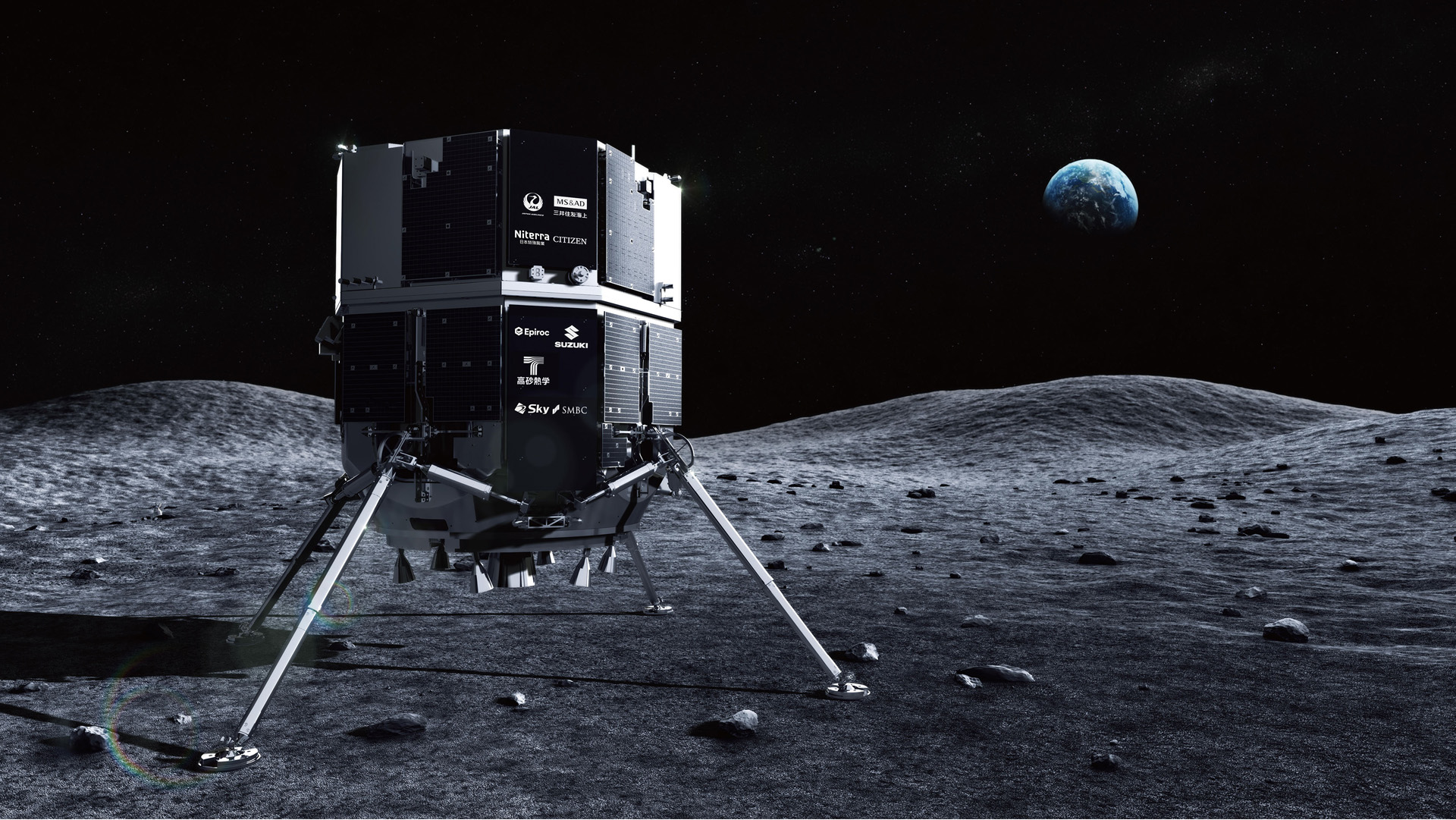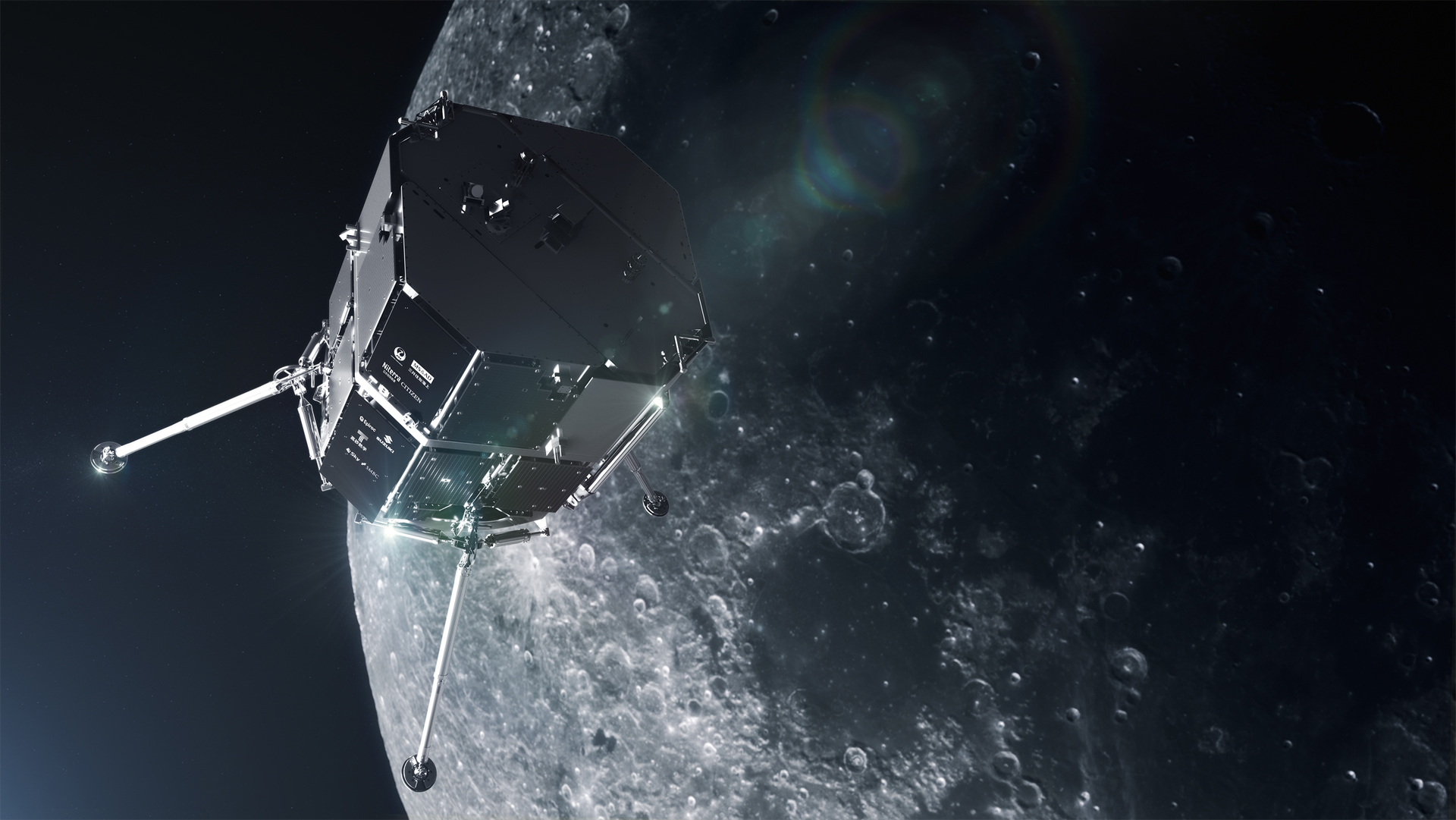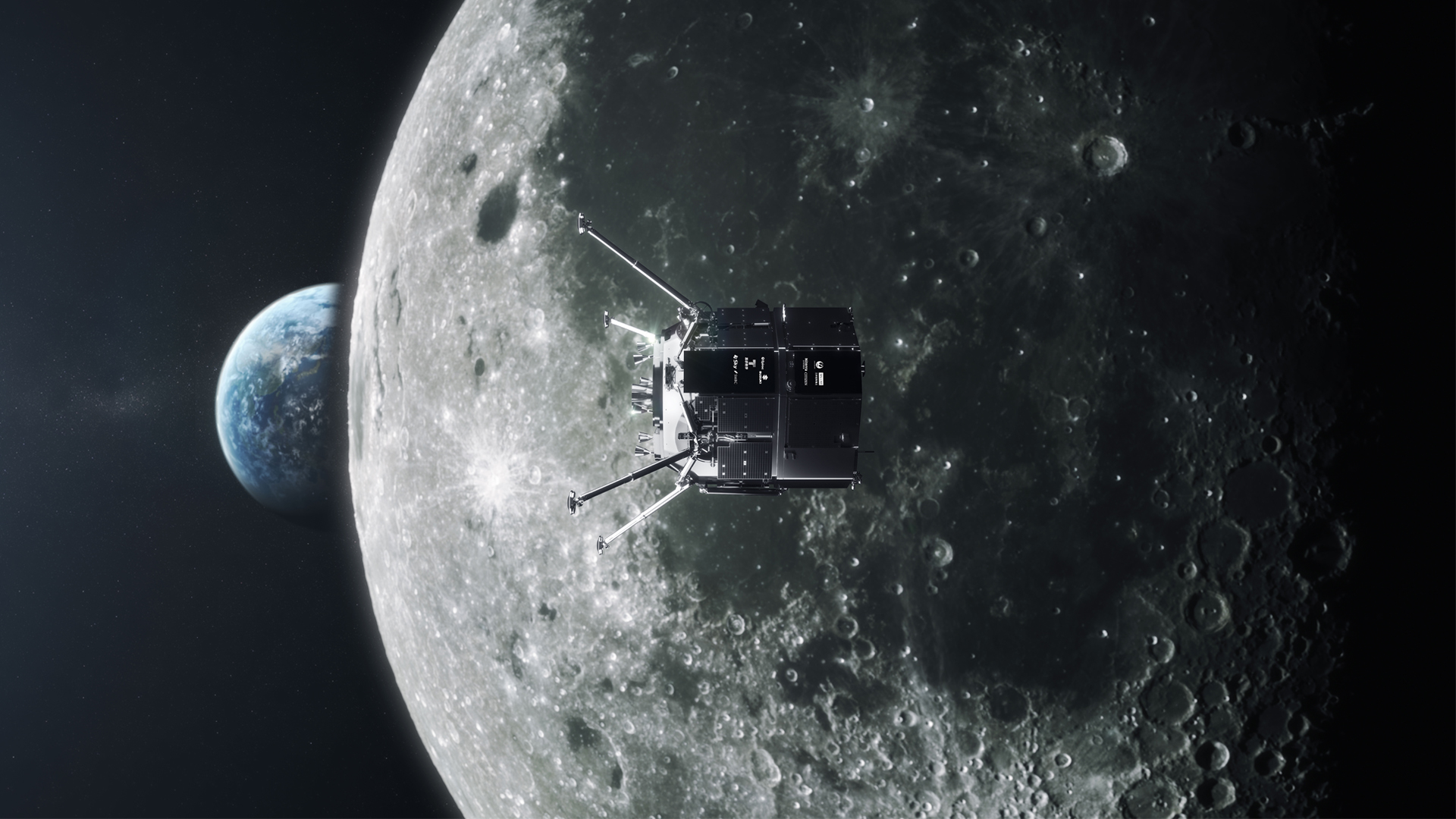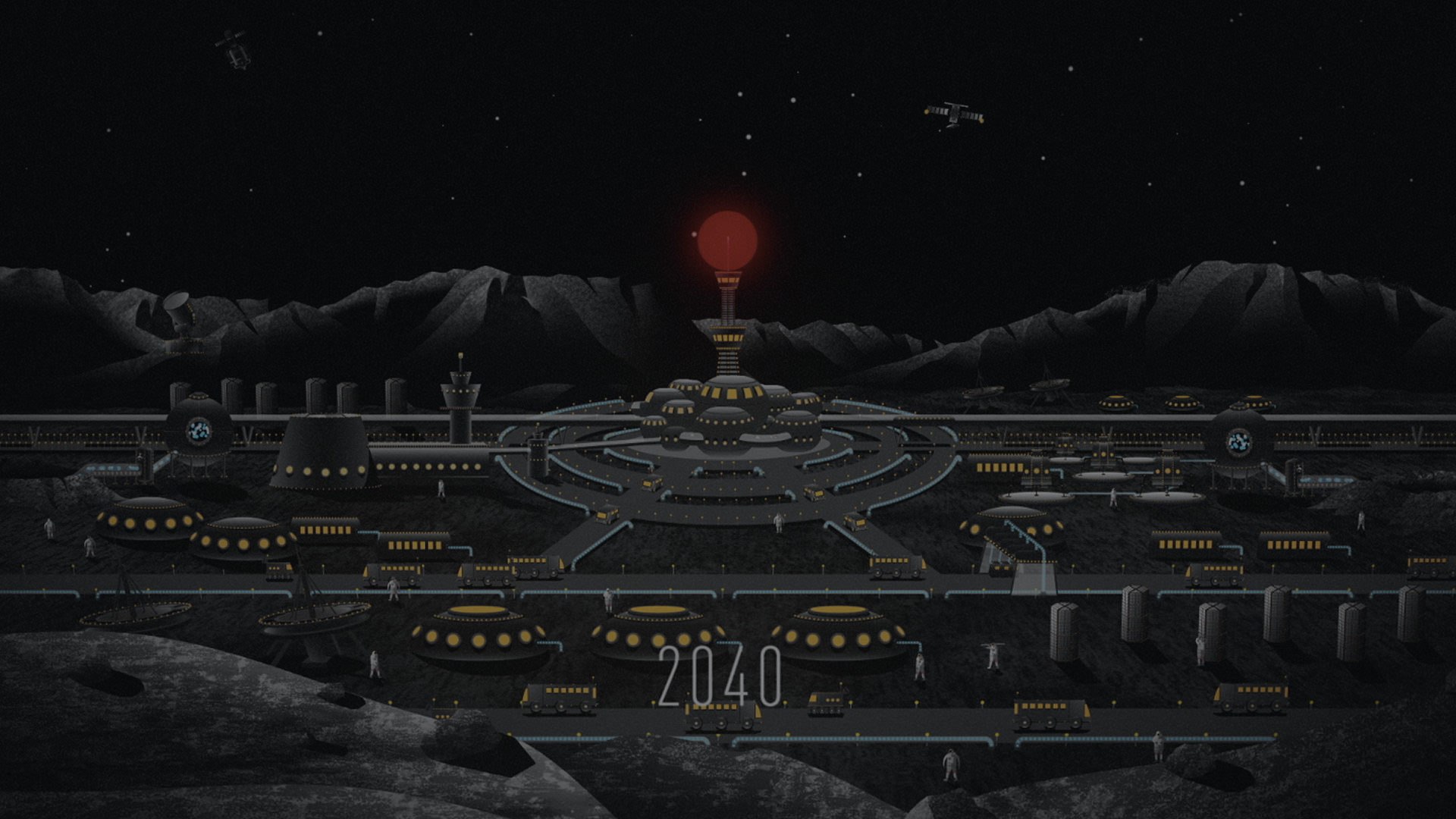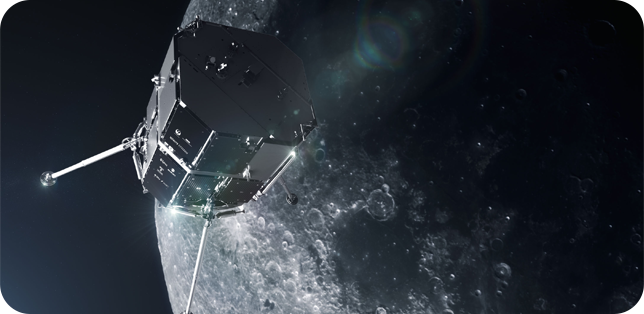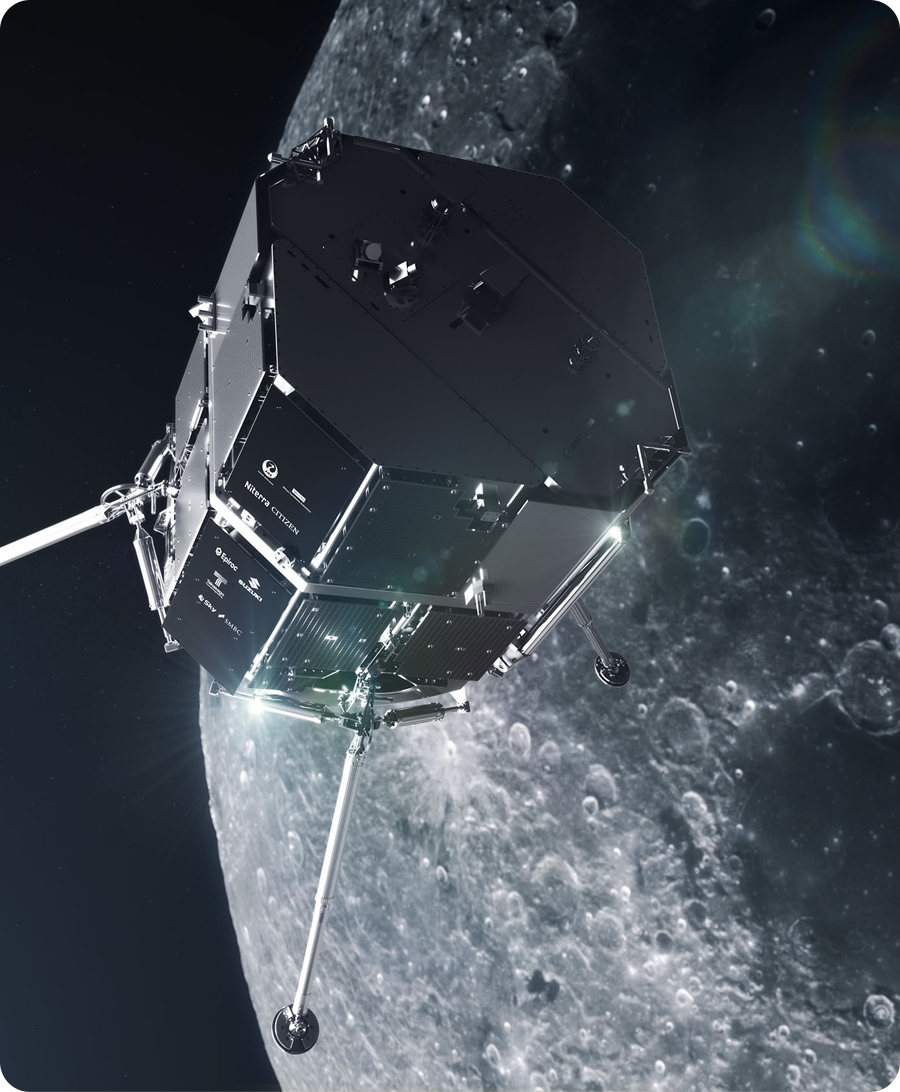News
25 Apr, 2024
ispace-U.S. Announces Official Launch of Data Relay Service Enabled by Two Relay Satellites
Read More
News
24 Apr, 2024
ispace Receives Approximately US $45 Million in New Financing
Read More
News
12 Apr, 2024
ispace-EUROPE Announces Completion of Testing on Micro Rover Qualification Model
Read More
News
11 Apr, 2024
ispace Leaders Applaud U.S. Japan Lunar Surface Exploration Implementing Arrangement
Read More
News
10 Apr, 2024
ispace-U.S. to use RTX’s Blue Canyon Technologies Spacecraft Bus for Lunar Far Side Communications Relay Satellites
Read More
Missions
Learn about our past, ongoing, and future commercial lunar exploration missions.
